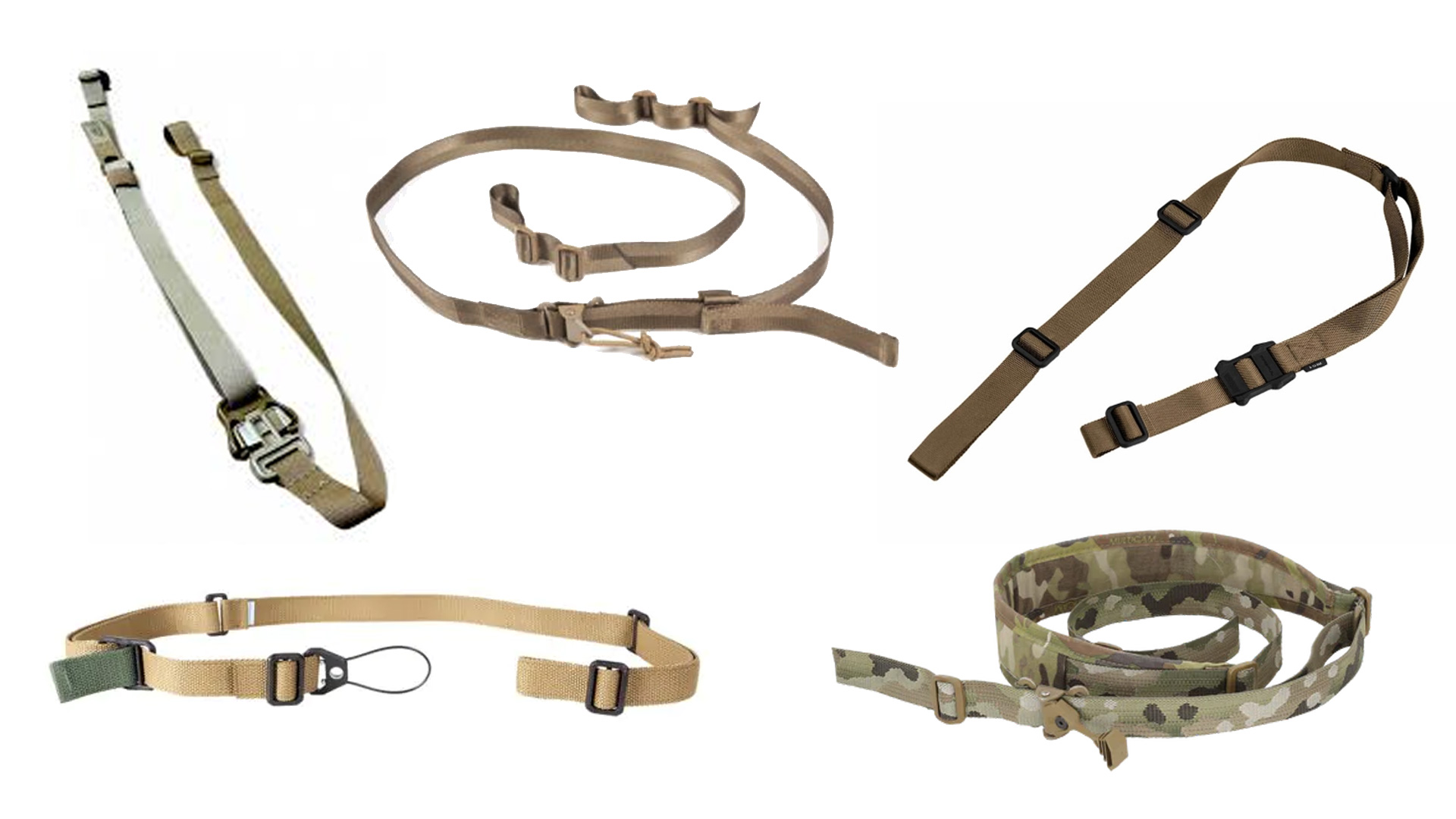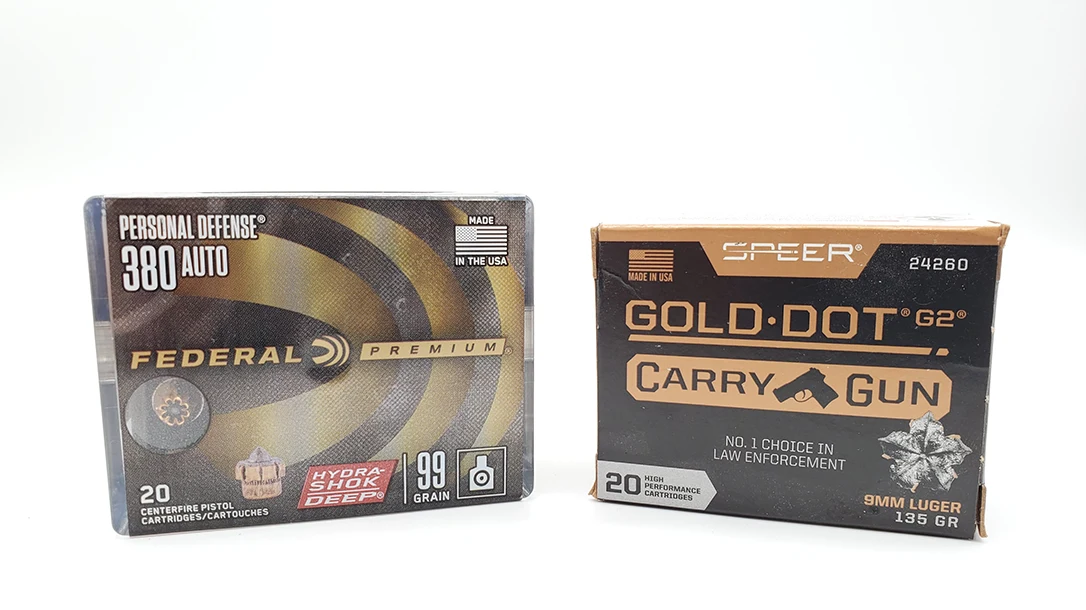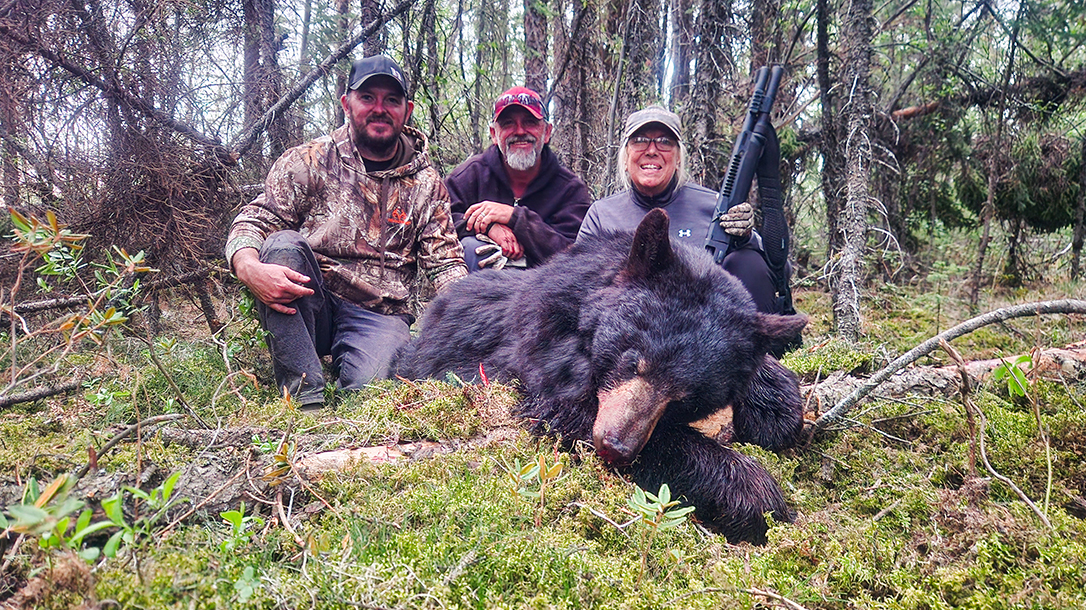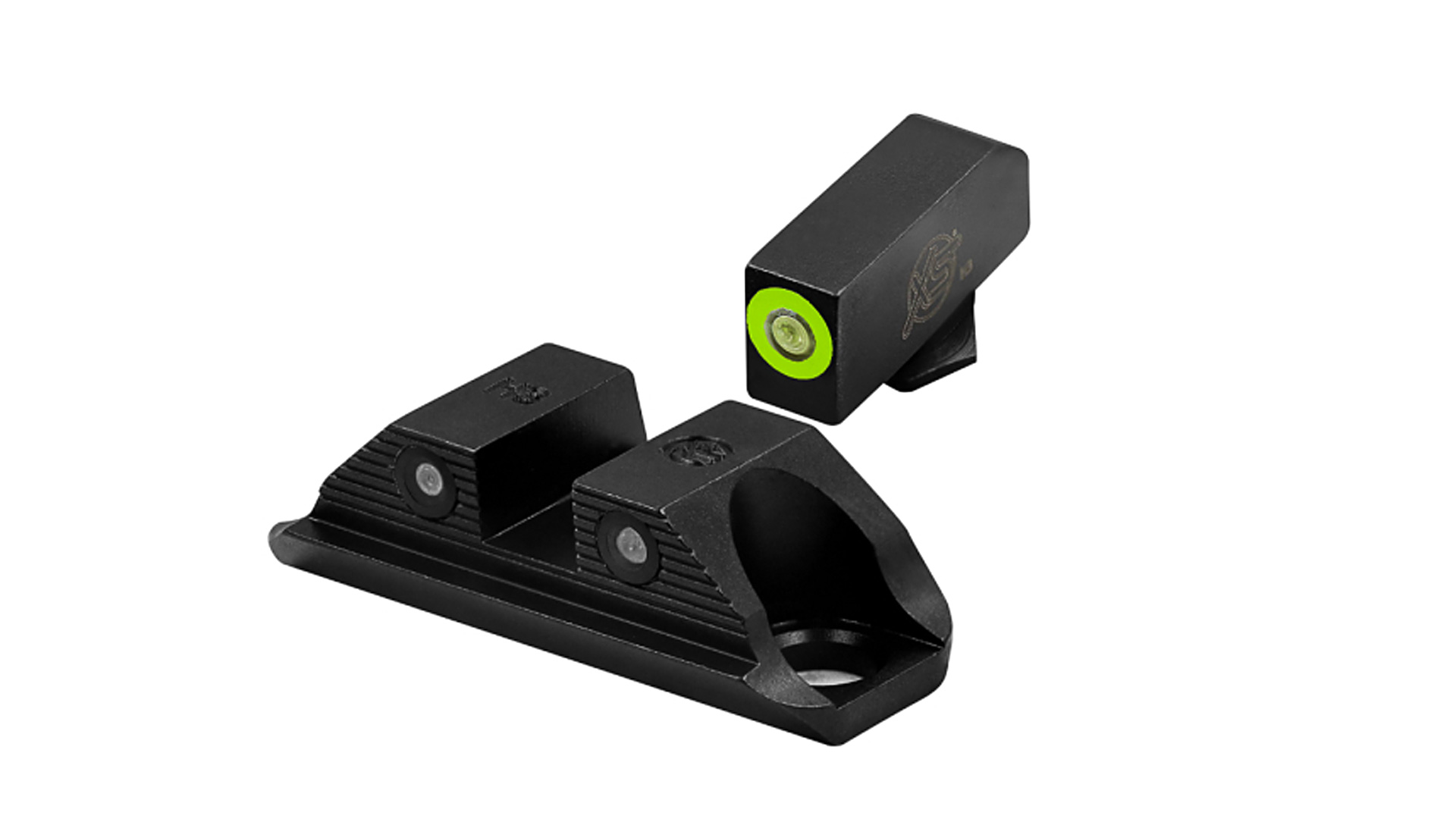Where Shooting Newbies & Experts Can Learn
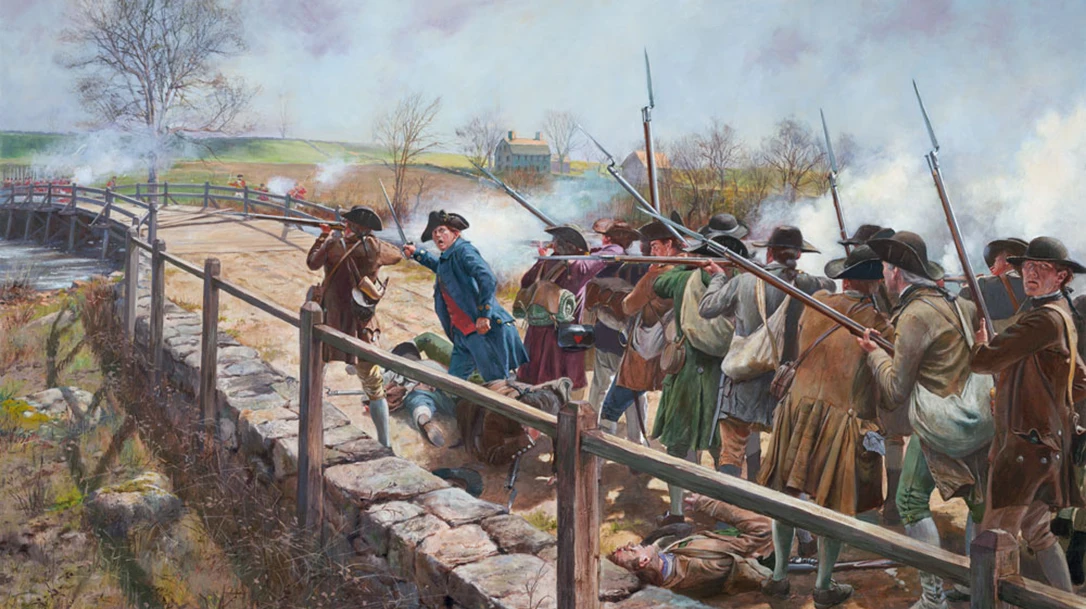
The day began with a sunrise drive. I was nearly two hours away from the range. I left as the hot, muggy air already announced what lay in store for the day. To ensure we remained sweat-soaked, a pop-up shower hit just as I arrived and more plagued us throughout the day keeping humidity at nearly 90%. The conditions were far from ideal. I had signed up for the Project Appleseed 25 meter shoot several weeks earlier and really didn’t give the weather much thought.
When I arrived, I was greeted by one of the instructors, donned in a red shirt and red cap. He gave me instructions on where to set up along with an information packet. The Shoot Boss introduced himself and ateam of instructors. After the safety brief the script flipped. Project Appleseed was not just another day at the range.
Project Appleseed’s History
Project Appleseed is a non-partisan and apolitical group of men and women (known as the Revolutionary War Veterans Association) committed to upholding the values and principles of America’s founding fathers. The goal of Project Appleseed is to build a nation of riflemen and reignite the flame of Liberty in the hearts of Americans. This is done through rifle marksmanshipfundamentals and the teaching of the events of April 19, 1775. For those not keeping score at home April 19, 1775 is considered the beginning of the Revolutionary War.
Advertisement — Continue Reading Below
Project Appleseed offers several programs: a 25-meter clinic, a pistol clinic, a known distanceclinic and a 200-yard rimfire clinic. There are also clinics for ladies and some which only feature the historical portion of the class.
Shooting the Course
The Appleseed Qualification Test or AQT is comprised of four stages: standing, sitting from a standing position, prone from a standing position and prone. These stages are timed and require a magazine change making a semi-auto rifle like the Ruger 10-22 or the Tippmann M4 a good choice for firearms for the AQT although any semi-auto is welcome. Our group had a shooter participating with his National Match M-14.
The 25 meter course utilizes scaled down targets to replicate the targets at longer ranges.
Advertisement — Continue Reading Below
When I first saw the “required list” to bring to the shoot I noticed a concentration using a USGI cotton web sling or loop sling which I hadn’t used since I was discharged over 30 years ago. I found it to be much like riding a bicycle and it all came back to me after I got a little time in the sling.
I wish I could say the same for many of the shooting positions. I had to contort myself as it had been a while and 30 pounds since I had gotten into many of these shooting positions. My flexibility wasn’t the same as when I was a young man.
Advertisement — Continue Reading Below
Course Of Fire
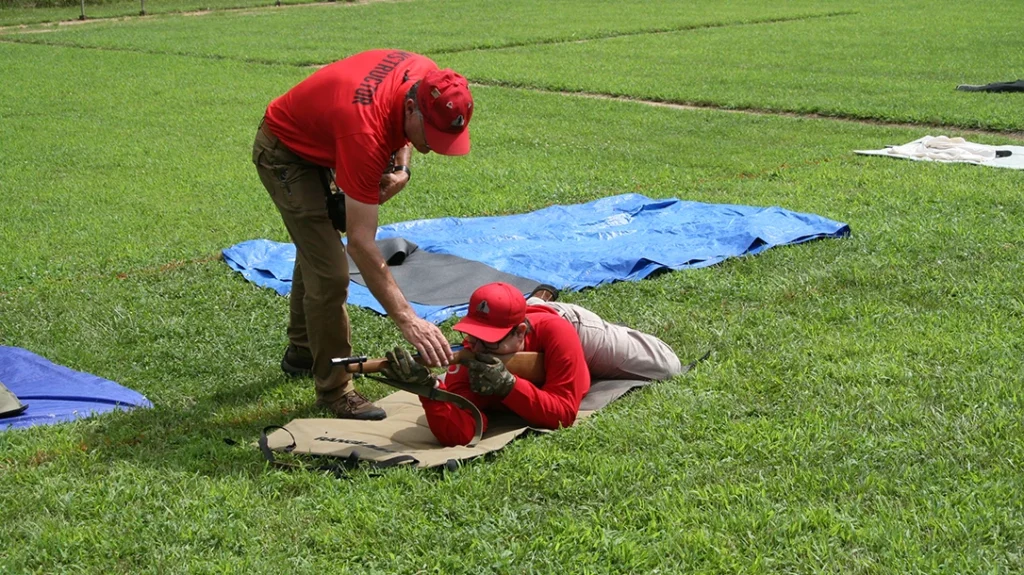
The first course of fire was a sighting-in session to ensure the rifle was sighted in. I was borrowing a rifle and was glad to get a little trigger time to get accustomed to the rifle.
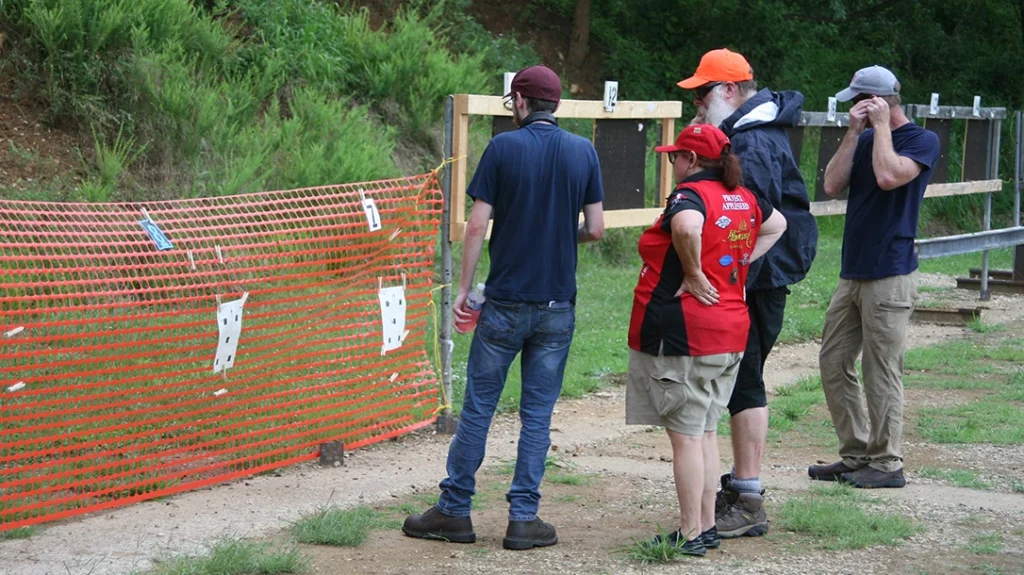
Advertisement — Continue Reading Below
After getting the rifle dialed in, we were given the command to hang a target. This target was an assessment to see how well we shot.
As the day progressed, we went through the different shooting positions, courses of fire and history lessons from Revere’s ride to Parker’s minutemen and finally to the Old North Bridge in Concord where “the shot heard around the world” took place. Any fan of American history would thoroughly enjoy the class as would any shooting enthusiast.
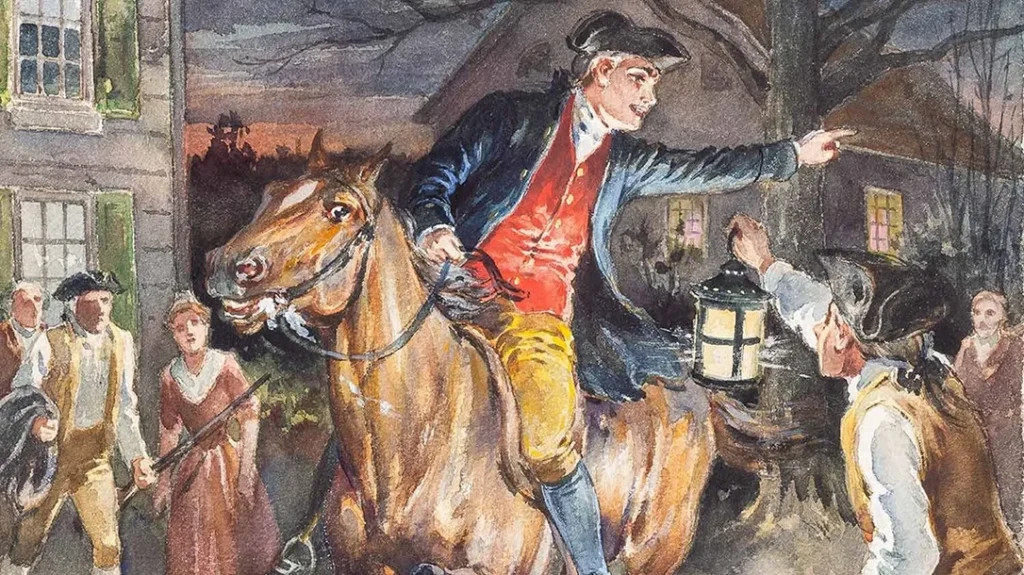
Advertisement — Continue Reading Below
The instructors covered a myriad of topics; talking targets for example, examining where yourbullet strikes are on the target, giving way to several habits not conducive to accuracy like vertical or horizontal stringing, as well as a few others.
The subject of clicks vs MOA became a topic and was discussed in depth.
Rifleman’s Dance
The rifleman’s dance, the interaction between the shooter and the feedback from the target which when I was in the service was referred to as “calling the shot” and plotting it in your DOPE (Data On Previous Engagement) book. The rifleman’s dance is simply being honest with yourself when you squeeze the trigger. Were your sights on target?
Advertisement — Continue Reading Below
The most important takeaway I learned was breathing control. I don’t know if I was sleeping when this was taught in the past, but the instructors at the Project Appleseed event stressed the importance of shooting on the exhale of your breath which worked well for me. Since each stage was timed, the rifleman’s cadence was also encouraged. The rifleman’s cadence is nothing more than timing your shots to match your breathing. If your sights are anywhere on target when you exhale, squeeze the trigger and take a shot per each breath. Using this method a 10 round string of fire would only take 30-50 seconds.
Qualifier At 100 Yards
When Project Appleseed first began with new shooters only 40% of the shooters qualified at 100 yards. And it got worse as the range increased with a whopping 40% not even qualifying.
According to Cherie Hofmann, one of the Project Appleseed instructors, a participant attends three events before they qualify. “Only a small percentage qualify on their first attempt.”
In our group it was close to the same, less than 50% of the shooters qualified at the end of the session.
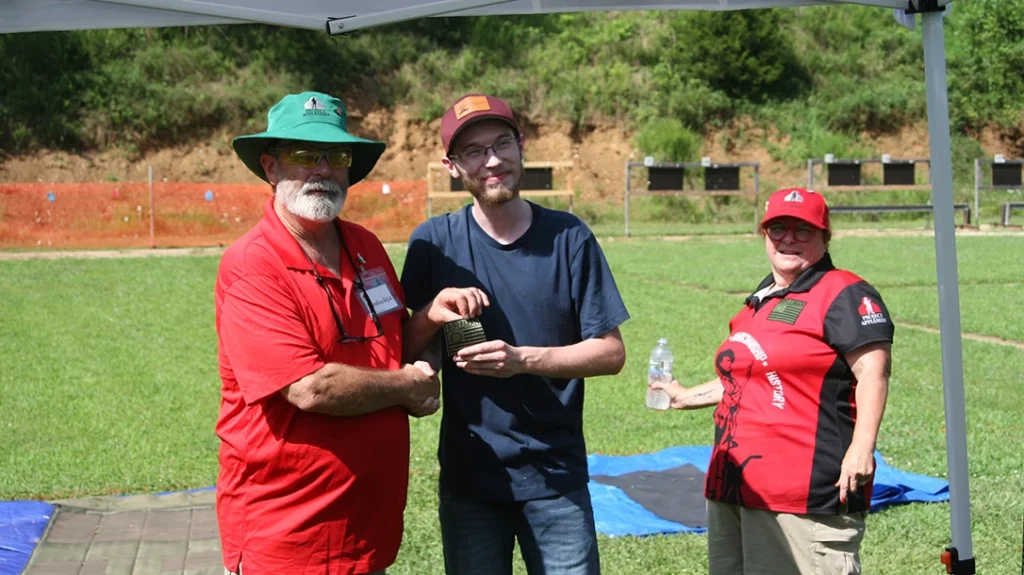
Utilizing the instructor’s advice, especially focusing on breath control, I managed to qualify earning my Rifleman’s patch at the end of the first day. A testament to having good instructors and applying what I had learned.
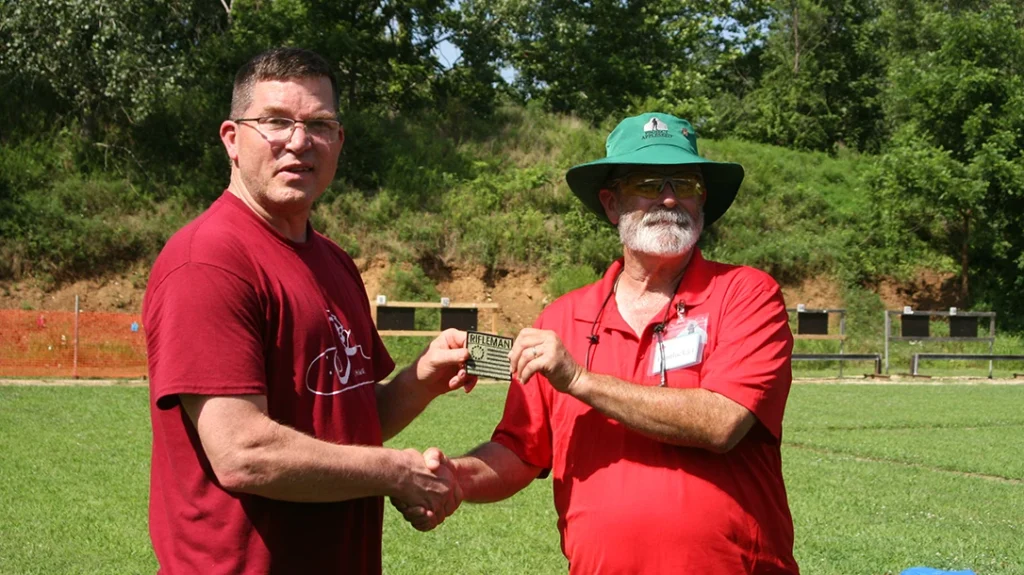
If you are interested in learning how to shoot or if you know how to shoot but want to take it to a higher-level, Project Appleseed is the place for you.


